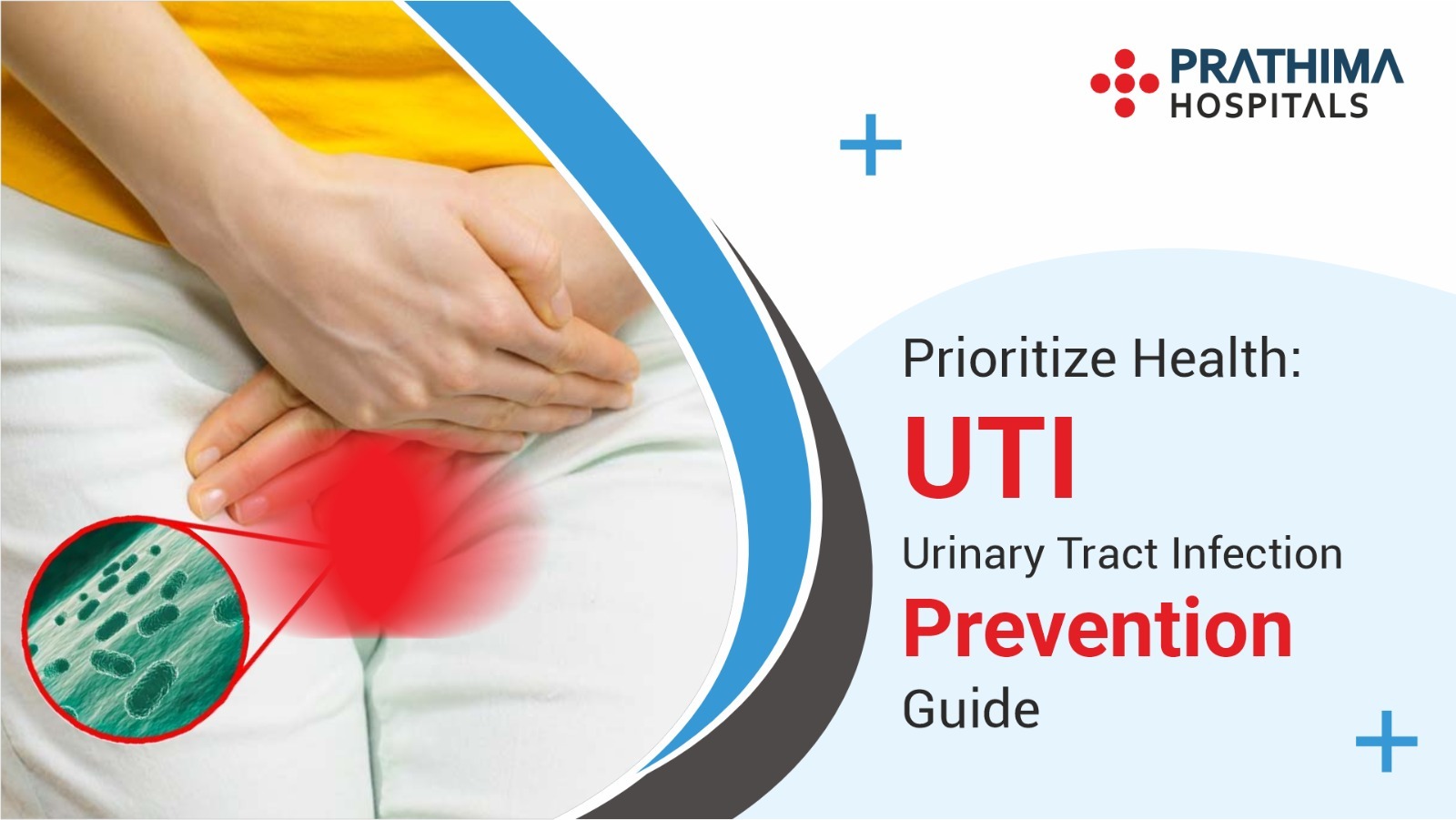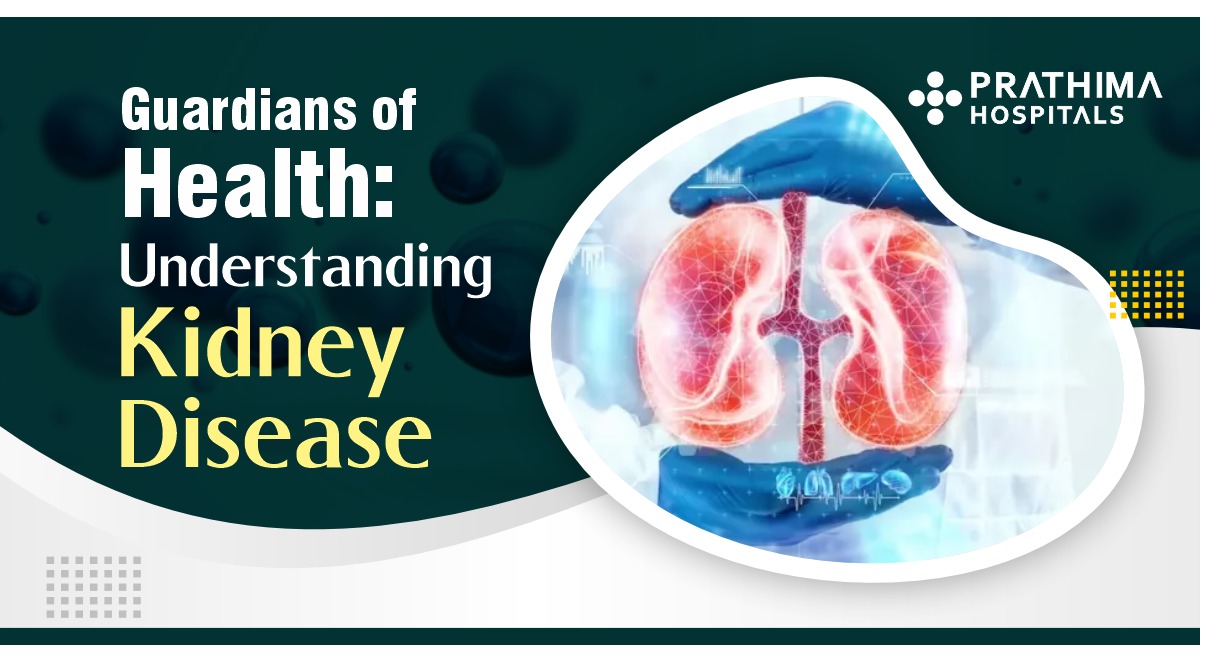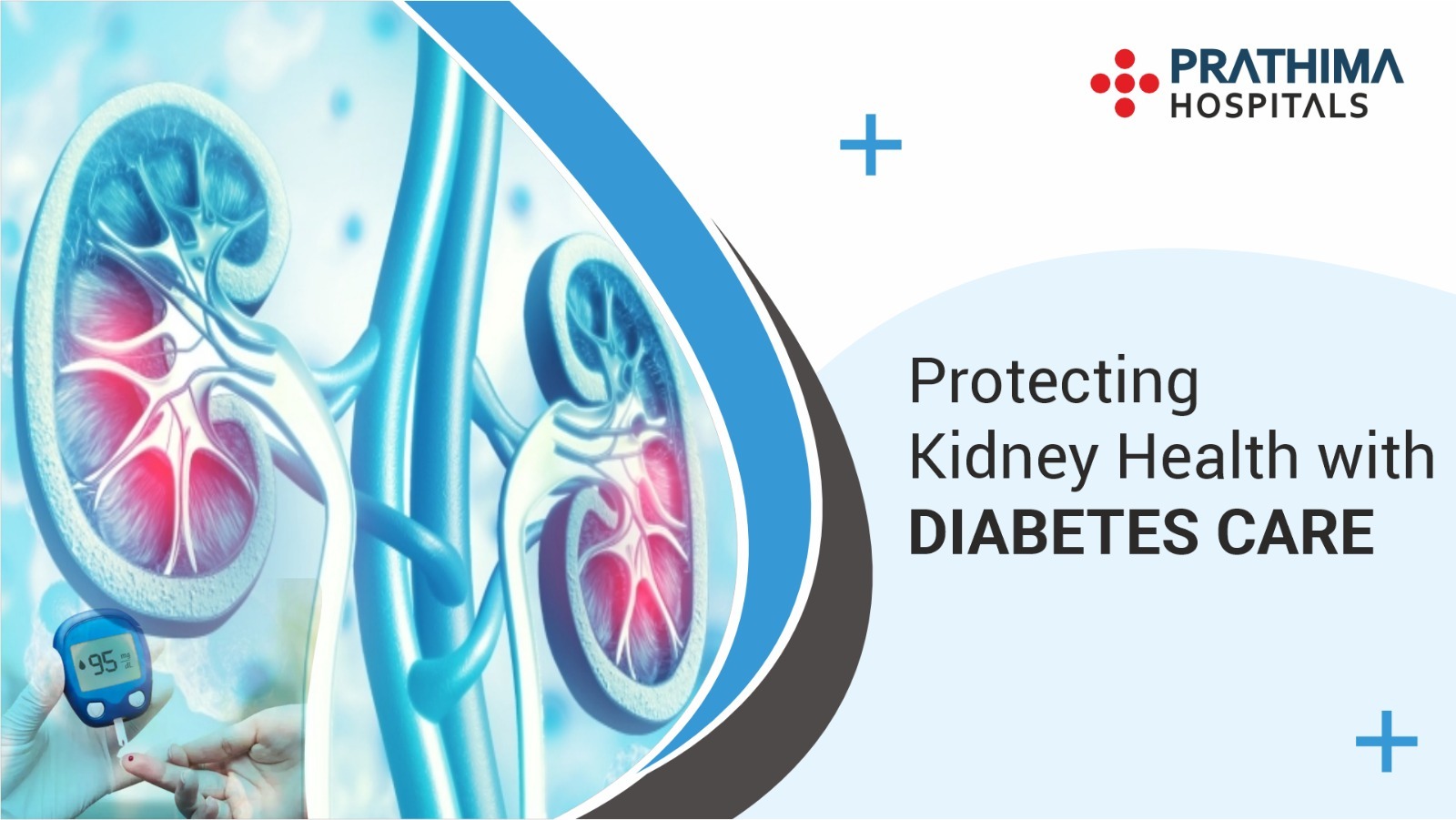COVID-19: Long Term Effects on Organs

We all are the witness of a pandemic that held our normal life to a halt. I bet the commence of 2020 was a horrifying experience for all. Who knew a minute virion particle would bring the entire world to an impasse? The COVID-19 pandemic first became apparent in Wuhan, China.
Coronavirus is an airborne disease as you all know. But Researchers say that coronavirus not only affects the respiratory organs. It hampers the functioning of multi organs as it induces hives, Lymphocytopenia elevated D-dimer, elevated fibrin degradation products (FDPs), and disseminated intravascular coagulation endothelins, vasoconstriction, hypercoagulability, and edema(DIC) are observed. Deep vein thrombosis (DVT), venous thromboembolism, pulmonary embolism (PE), systemic and pulmonary arterial thrombosis and embolism, ischemic stroke, and myocardial infarction (MI) have been recorded in many patients suffering from coronavirus.
In persons who formulate clinical illness in reaction to SARS-CoV-2, the respiratory system is the most commonly affected. Nonetheless, the virus can influence any organ in the body. In severe cases, numerous organs are often entailed.
The virus compels to angiotensin-converting enzyme 2 (ACE2) receptors existing in vascular endothelial cells, lungs, heart, brain, kidneys, intestine, liver, pharynx, and other tissue. It can rapidly maim(injure) these organs. In addition, systemic disorders affected by the virus lead to the improper functioning of many organs.
While supervising a patient it is crucial to evaluate for injury to multiple organs. Disruptions of coagulation and vascular endothelium are common but may not lead to symptoms in the early stages. They partake in injury to multiple organs. Researchers claim that Cardiac and renal dysfunction is common among deceased patients. Trauma to the organs may evolve long after the acute infection has ebbed. Distinct organs may be affected at different times. Chronic injury may occur. Rehabilitation can be lengthy and complicated.
This virus has different effects on varied organs in diverse ways. A stroke transpires even in adolescent patients. In the heart, it can induce acute coronary syndrome, congestive heart failure, myocarditis, and arrhythmias. Trauma to the kidney is usually secondary to systemic abnormalities. Psychological problems like Delirium and seizures are common. Anosmia and defective connotation of taste are reported. Lactate dehydrogenase may be elevated. Skin infections encompassing dryness, patchy erythematous rash have been documented.
Prathima Hospitals converges an enthusiastic and dutiful team of physicians, surgeons, pulmonologists, critical care specialists and healthcare specialists to furnish healthcare and hospitality under one roof. It offers an excellent professional hotchpotch of multi-specialties. Prathima Hospital is the best tertiary hospital in Hyderabad with over 21+ specialities. The infirmary is compiled in such a way that it empowers privacy and security to the patients. Due to the calm ambiance, It’s an even more patient-friendly infrastructure.
With a pure vision to earn outstanding healthcare convenient and accessible to the common man, we are expanding our services to all the districts of Telangana. There are over 21+ specialities currently in the hospital to take the scrutiny of patients with innumerable health issues.
Effects of Coronavirus on different organs:
1) Effects on respiratory organs :
In the acute phase, the patients have definitive diffuse alveolar damage that ultimately leads to fibrosis. It is caused by the disruption of endothelial and alveolar cells. This leads to fluid and cellular exudation and hyaline membrane formation. Acute fibrinous and organizing pneumonia is also observed. It consists of alveolar fibrin aggregation. Airway inflammation is present. Improved capillary permeability causes alveolar and interstitial edema. Vascular angiogenesis is a distinguishing feature of COVID-19 On chest CT, findings of subpleural and peripheral areas of ground-glass opacity and consolidation are present in patients with COVID-19. Most of the patients have bilateral distribution. On chest radiographs, patchy infiltrates are observed that may be distributed asymmetrically. The oxygen level can be corrected in the prone position.
2) Effects on the cardiac region :
Cardiovascular complications may occur long after viral clearance and recovery. Inflammation can persist and evolve silently. As an example, dyslipidemia, pulmonary fibrosis, and avascular necrosis evolved over the long term in many survivors of the severe acute respiratory syndrome (SARS), which is closely related to COVID-19 according to authentic evidence. Ischemic cardiac injury can occur in patients with established coronary artery disease (CAD), those with latent CAD, and those without CAD. The primary cause of the former two is plaque rupture and thrombosis. The last one is due to inadequate oxygen supply and mimics a MI. For acute coronary syndrome due to plaque rupture, antiplatelet and anticoagulation therapy will be beneficial.
Respiratory failure oversees in the early phases of the disease whereas cardiac injury becomes more critical in the later phases. Vascular risk factors of diabetes, obesity, age, and hypertension have a greater association with mortality than does respiratory disease.
3) Effects on the brain :
Neurological manifestations are more common in people with more severe diseases. Altered oxygen and carbon dioxide levels may contribute to them. They include dizziness, headache, impaired consciousness including confusion, delirium, and inability to rouse. Delirium is common and can lead to long-term cognitive impairment including memory deficits.
The ACE2 receptors are present in the cerebral cortex and brain stem. Some patients have meningitis and encephalitis indicating viral invasion of the central nervous system (CNS). Nerve pain, skeletal muscle weakness, pain, tingling, or numbness in the hands and feet are also observed. Rhabdomyolysis may cause elevated serum creatine kinase.
4) Effects on the kidney :
15% of the patients who expired had chronic kidney disease. ACE2 receptors are present in kidneys. The virus is found in glomerular cells, tubular epithelium, and podocytes of kidneys. Acute kidney injury (AKI) is commonly secondary to systemic abnormalities including diabetes, hypertension, chronic kidney disease, hypoxemia, and coagulopathy. Cytokine storms can cause drastic hypoperfusion and AKI. COVID-19 confounds the administration of patients on dialysis and with kidney transplantation
5) Effects on eyes :
The infectious virus can persist in the eye for up to three weeks both ACE2 receptors and TMPRSS2 proteases that are necessary for infection by SARS-CoV-2 are found in ocular surface cells in the cornea, inside the eyelids, and in the white of the eye [43]. About one-third of hospitalized patients develop ocular abnormalities including conjunctivitis [44]. Conjunctivitis is more common in sicker patients
6) Effects on the gastrointestinal tract :
Gastrointestinal (GI) symptoms include loss of appetite, nausea, vomiting, diarrhea, and abdominal pain or discomfort. These symptoms might start before or occur with or without other symptoms such as fever, myalgias, and cough. The Lower GI tract is rich in ACE2 receptors. Some patients’ stool contains an intact infectious virus or only RNA and protein fragments of the virus.
7) Effects on skin :
Skin manifestations of COVID-19 are similar to those of other viruses and chronic inflammatory diseases like acne, eczema, psoriasis, and rosacea. Vascular problems associated with skin manifestations can be neurogenic, microthrombotic, or immune complex-mediated. Of the patients with skin manifestations, a majority have patchy erythematous rash [48-49]. Some have widespread urticaria or hives.
8) Effects on blood vessels :
Bleeding is not common in COVID-19. Deep vein thrombosis (DVT), venous thromboembolism, pulmonary embolism (PE) and cor pulmonale, systemic and pulmonary arterial thrombosis and embolism, ischemic stroke, and myocardial infarction (MI) are reported. Fever and inflammation cause hypercoagulability and impair fibrinolysis. Cytokine interleukin-6 (IL-6) levels correlate with hypercoagulability and disease severity. Elevated antiphospholipid antibodies are associated with thrombosis.
The SARS-CoV-2 virus binds to ACE2 receptors present throughout the body and can adversely affect virtually every system of the body. It can cause cytokine storms which can culminate in death. Different organs may be affected in different patients, in a temporal course unrelated to viral load. Inflammation, platelet activation, hypercoagulability, endothelial dysfunction, constriction of blood vessels, stasis, hypoxia, and muscle immobilization contribute to the complications.





